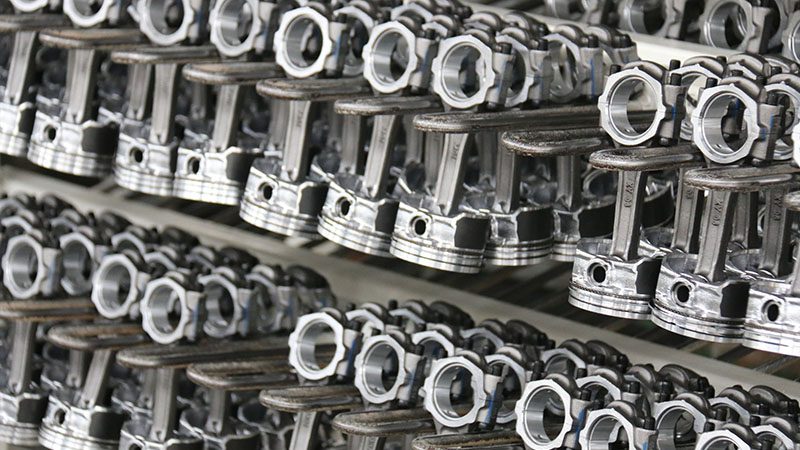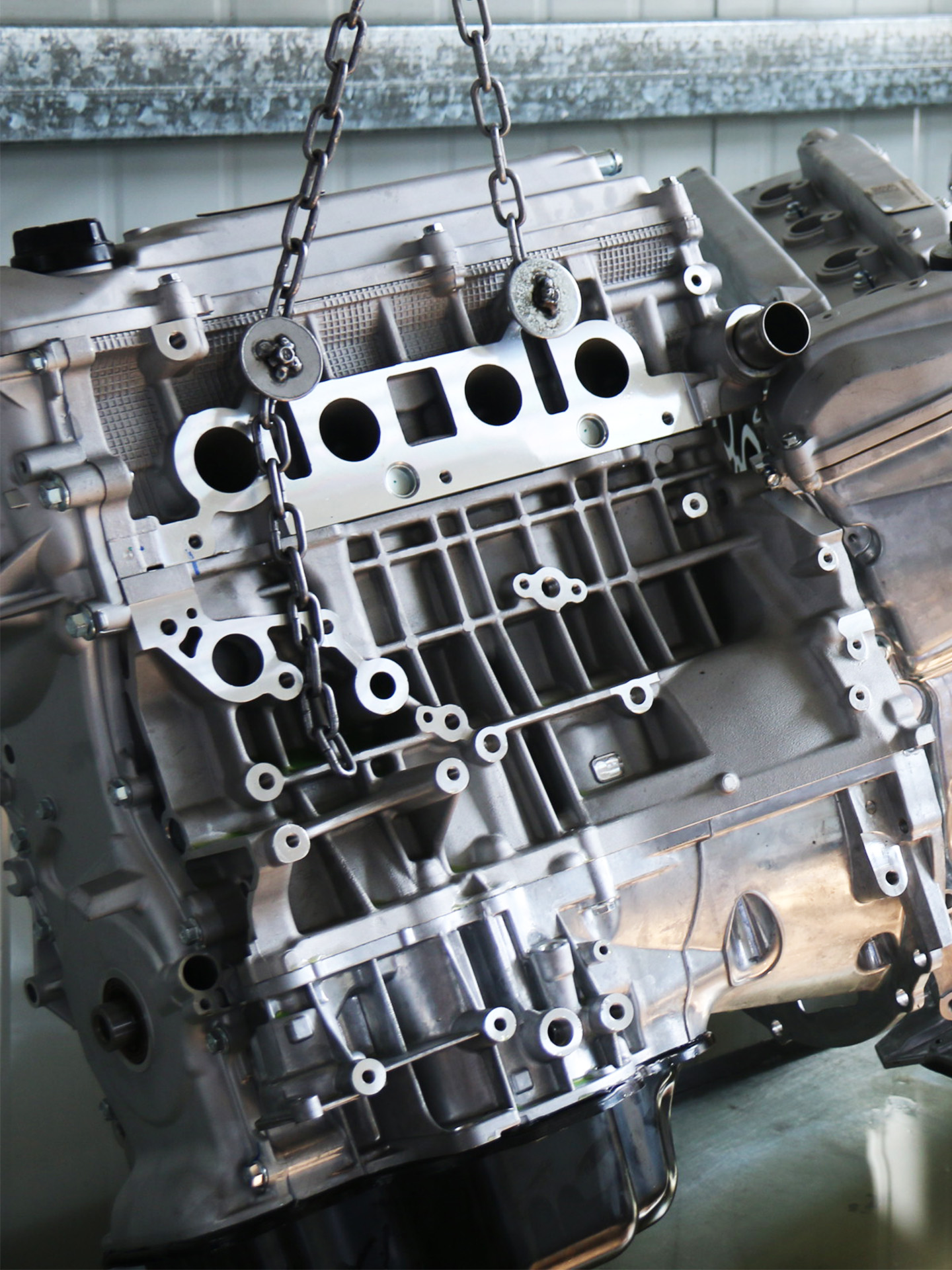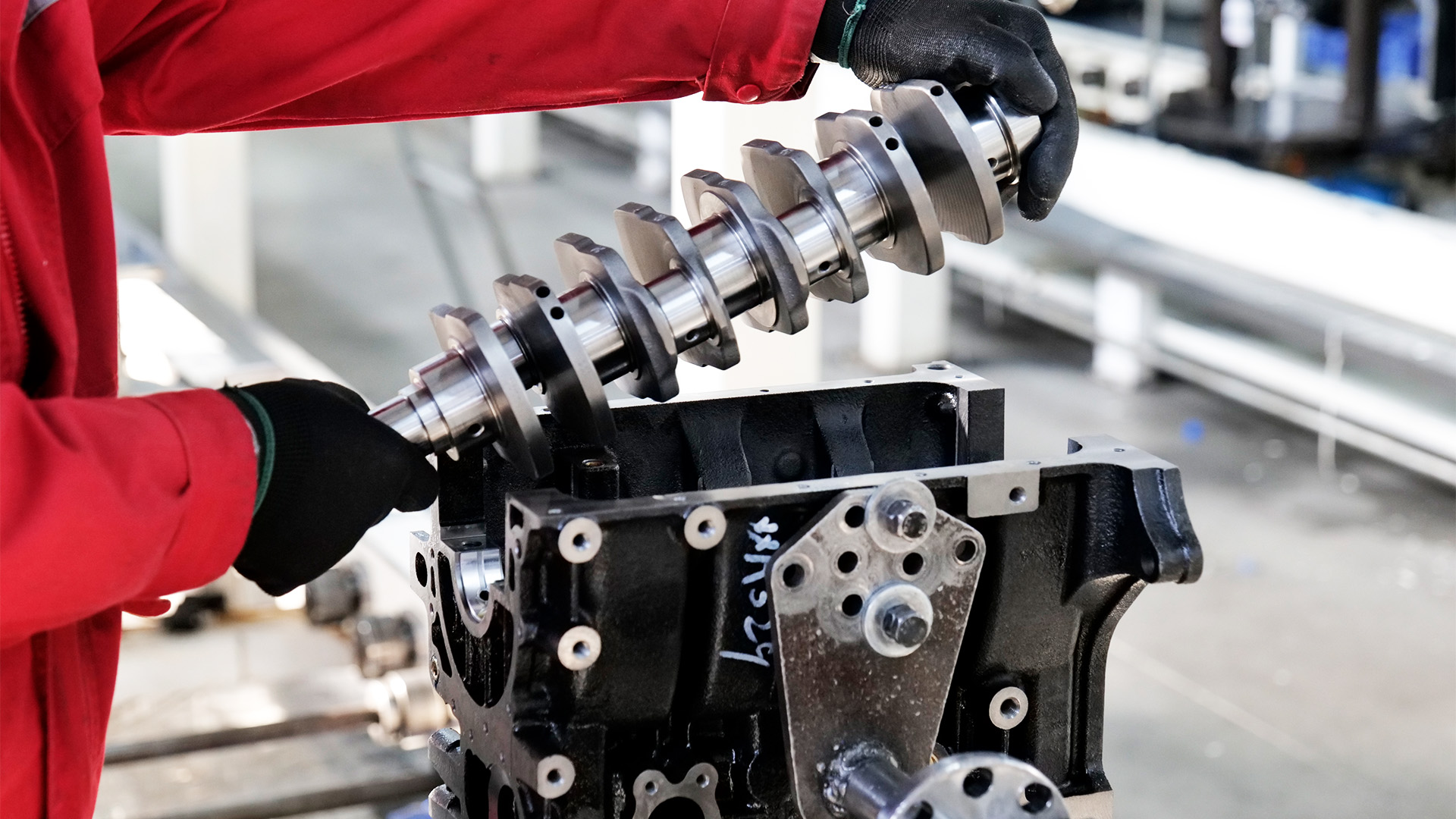Few things are more alarming than seeing the “Engine Power Reduced” warning flash across your dashboard—especially when your car suddenly feels sluggish or refuses to accelerate like it used to.
Whether you’ve seen “Reduced Engine Power,” “Engine Power Is Reduced,” or the cryptic “ENG PWR REDUCED,” the message points to one thing: your engine isn’t operating at full capacity.
In this guide, we’ll break down what this warning really means, why it happens, and—most importantly—how to fix it.

What Does “Engine Power Reduced” Mean?
When your car displays the “Engine Power Reduced” warning, it means the engine control module (ECM) has detected a problem and has automatically limited the engine’s performance to protect itself.
This mode—commonly referred to as “limp mode”—prevents further damage by restricting throttle response, lowering speed limits, and disabling certain non-essential functions. It’s your car’s way of saying, “Something’s wrong, let’s take it easy until we fix it.”
Common Causes of Reduced Engine Power
There isn’t one single cause for this issue. Instead, the warning can be triggered by a variety of problems. Here are the most common ones:
1. Faulty Throttle Body or Throttle Position Sensor (TPS)
These two components work together to regulate how much air enters the engine based on how hard you press the accelerator. If either of them fails—or sends incorrect data to the ECM—your vehicle might interpret it as a serious issue and cut engine power.
Symptoms include: poor acceleration, inconsistent idle, or no throttle response at all.
Pro tip: A dirty throttle body can also cause problems. Regular cleaning can help prevent sensor malfunctions.

2. Bad Mass Airflow Sensor or Oxygen Sensor
Your engine relies on precise air-to-fuel ratios to run efficiently. The MAF and O2 sensors provide real-time feedback to the ECM. If these readings go out of range, your car may enter limp mode to avoid misfires or excessive emissions.
3. Cooling System Issues
Overheating is a serious threat to any engine. If the ECM detects abnormally high temperatures—caused by low coolant levels, a stuck thermostat, or a bad water pump—it may reduce power as a protective measure.
Watch out for: steam from the hood, rising temp gauge, or coolant leaks.
4. ECM or Wiring Problems
Sometimes, it’s not a faulty sensor—but the wiring between the sensor and the ECM that’s causing trouble. Damaged connectors, corroded terminals, or shorts in the harness can confuse your car’s brain.
Worse yet, if the ECM itself is malfunctioning, the system might go into default mode just to play it safe.
5. Clogged Air Filter or Dirty Fuel Injectors
While less severe than sensor or ECM issues, restricted airflow or poor fuel atomization can still reduce engine output. A clogged air filter or gummed-up injector can throw off your combustion balance and performance.

How to Fix the “Engine Power Reduced” Problem
The fix really depends on what’s causing the issue—but the good news is that many problems can be diagnosed and even repaired at home if you’re handy with tools. Below is a step-by-step troubleshooting guide to help you get started:
Step-by-Step DIY Troubleshooting
1. Scan for Error Codes Using an OBD-II Scanner
Plug in an OBD-II scanner under your dashboard (usually near the steering column) to retrieve diagnostic trouble codes (DTCs). These codes will point you toward the faulty system—such as the throttle body, MAF sensor, or ECM. Look up the codes online or in your scanner’s app/manual for specific insights.
2. Inspect the Throttle Body and Throttle Position Sensor (TPS)
A dirty or malfunctioning throttle body can block air from entering the engine properly. Remove the intake hose and check the throttle plate for carbon buildup. Use throttle body cleaner and a microfiber cloth to gently clean it. If the TPS is faulty, it may need to be replaced—it’s typically mounted on the side of the throttle body.
3. Check Engine Sensors (MAF, O2, Coolant Temp Sensor)
- Mass Airflow Sensor (MAF): If it’s dirty, use MAF cleaner spray—don’t touch the delicate sensor wire.
- Oxygen Sensor (O2): Usually requires replacement if malfunctioning.
- Coolant Temperature Sensor: If this sensor sends inaccurate temperature readings, it could cause your ECM to incorrectly limit power to prevent overheating.
4. Examine Wiring and Electrical Connectors
Carefully inspect the wires leading to the throttle body, sensors, and ECM. Look for frayed wires, burnt insulation, loose plugs, or signs of corrosion—especially in areas exposed to water, oil, or heat. Use electrical contact cleaner and dielectric grease to clean and protect connectors.
5. Check the Air Filter and Fuel Delivery System
- A clogged air filter can suffocate your engine. If it’s dirty, replace it with a new one.
- Consider using a fuel system cleaner to remove deposits from fuel injectors. If power loss persists, have the injectors professionally cleaned or tested.
6. Restart and Retest
After addressing the suspected issue, clear the error codes using your OBD-II scanner and take the car for a test drive. If the warning doesn’t return, you’ve likely solved the problem.
Note: Always consult your vehicle’s service manual for component locations and safe procedures before starting any DIY work.

When to Call a Mechanic
Some problems require deeper diagnostics or special tools. You should bring your car to a professional mechanic if:
- You see multiple warning lights like the check engine light, traction control, or ABS warning, which may indicate a broader system failure.
- The reduced power warning returns after you’ve cleared it or made repairs—it could be an intermittent electrical issue or ECM fault.
- You notice additional symptoms like engine misfires, hard starting, poor fuel economy, rough idle, or overheating. These could point to deeper internal engine issues that require expert attention.
- Your vehicle enters limp mode repeatedly, even after basic fixes—this may mean the ECM is failing or receiving faulty signals from deeper system faults.
What Happens If You Keep Driving with Reduced Engine Power?
At first, reduced engine power might not seem like a big deal—your car still runs, just slower. But keep driving like that, and you could be asking for trouble. The warning means your car’s computer has detected a problem and is limiting performance to protect the engine.
If you ignore it, you risk turning a minor issue—like a dirty sensor or loose connection—into major damage. You’ll also deal with poor acceleration, reduced fuel efficiency, and the chance of getting stranded if the problem worsens.
Bottom line: don’t wait. It’s always better to find the cause early and fix it before things get more expensive.

FAQ
Why does my car say “Engine Power Is Reduced”?
This message is usually triggered by a fault in one of several key systems—most commonly the throttle system, engine sensors (like MAF or O2), the cooling system, or even the wiring harness. When the ECM detects a serious issue, it reduces engine power to prevent further damage.
How do you fix “Engine Power Reduced”?
The first step is to scan your vehicle with an OBD-II scanner to identify any trouble codes. From there, inspect key components like the throttle body, throttle position sensor (TPS), mass airflow sensor, oxygen sensors, and wiring connections. Cleaning or replacing faulty parts usually resolves the issue.
Is it safe to drive with reduced engine power?
It’s generally safe for a short distance or in an emergency, but not recommended for long-term driving. Reduced engine power limits acceleration and performance, which can be dangerous—especially on highways or in heavy traffic. It’s best to address the root cause as soon as possible.
Does “Engine Power Reduced” mean I need an oil change?
Not typically. This warning is usually related to sensor failures or electronic control issues—not oil condition. However, poor maintenance can lead to broader engine problems over time, so it’s always worth checking your oil if you’re unsure.
How do you turn off the “Engine Power Reduced” warning?
You’ll need to fix the underlying issue first—whether it’s a faulty sensor, wiring problem, or throttle body issue. Once repaired, you can use an OBD-II scanner to clear the codes. If the problem is resolved, the warning should not return.

Conclusion
While the warning might seem like a nuisance at first, it’s your car’s way of protecting itself—and you. Don’t wait until you’re stuck on the side of the road. Whether it’s a quick DIY fix or a trip to your local mechanic, it’s best to resolve reduced engine power issues promptly.
Engine Parts Solutions for B2B Buyers
At Nanjing Woda Auto Technology Co., Ltd., we’ve been serving global B2B customers for over 25 years. From auto parts wholesalers and distributors to engine rebuilders and repair shop owners, we provide reliable, high-quality engine components—including throttle bodies, throttle position sensors, ECMs, and more—designed to meet OEM standards and keep your business moving.
We understand that downtime is money. That’s why we focus on prompt delivery, consistent quality, and professional support to help you serve your customers better.
Looking for dependable engine parts at competitive prices?
Contact us today to discuss your sourcing needs or request a free quote. Our team is ready to assist you with bulk orders, custom specifications, and technical support.







